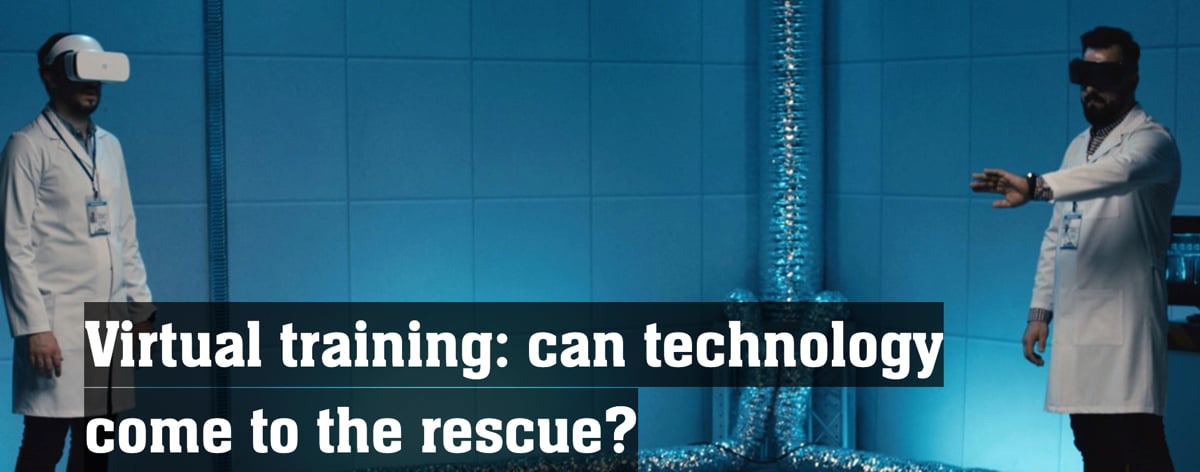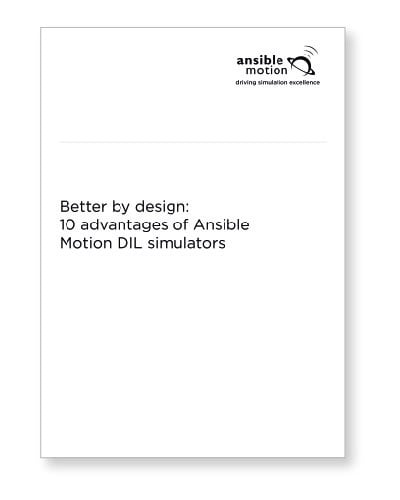 As lockdown grounds engineers, all face-to-face training is cancelled – but the show must go on. How can the sector ensure professionals learn the essential practical skills they need? Is virtual reality the answer?
As lockdown grounds engineers, all face-to-face training is cancelled – but the show must go on. How can the sector ensure professionals learn the essential practical skills they need? Is virtual reality the answer?
Being perched 100m above the waves trying to fix the blades on a gargantuan wind turbine as it sways to and fro in the wind is terrifying. However, it can be less so if you’ve done it before – in the virtual world. So says Pat O’Connor, whose virtual-reality content firm VRAI creates these kinds of experiences to help engineers prepare and train. Don a headset and you’re up there in the North Sea struggling against the elements. When you do it for real, you’re already experienced.

With lockdown meaning hands-on and face-to-face training for engineers is limited, is VR, augmented (AR) and mixed reality finally coming of age? What’s the best way to deliver training when everything has shut down?
Covid-19 has forced the engineering sector to face urgent challenges – from business continuity to lack of staff, to supply chain problems and travel restrictions. But the show must go on – with essential services depending upon it.
“Now that people and businesses are starting to get their heads back above water, we are seeing a significant rising demand in cloud-based learning,” says Graham Provost, global director at Aveva Unified Learning. “Companies that were already investing in AR, VR and AI are either ramping up or staying the course – as providing a great user experience for remote learning is viewed as a vital part of their future.”
. . .
Online in-house training will definitely boom during the crisis, agrees Gavin Farmer, head of commercial at Ansible Motion – not least because staff will have time on their hands. He’s seen software providers in the simulation industry waive fees during lockdown for training that would normally carry a price. “So our engineers will have a chance to make sure they’re up to date with the newest developments in software.” The lockdown offers opportunity for trainers to reach a wider audience online, he says.
While Ansible usually visits clients in person, it will now have to investigate online tuition – but with the benefit that international clients will have more frequent access to teaching. “We can’t be with them every day even though we would like to.” Online instruction is perfect for software-related learning, Farmer adds – you have to be screen-based, after all. For any practical instruction, it struggles to deliver.
Ansible already uses VR in simulators “but in combination with a lot of other stimuli to simulate a driving experience,” says Farmer, who questions the availability of hardware, though he does see a place for VR in the future.



